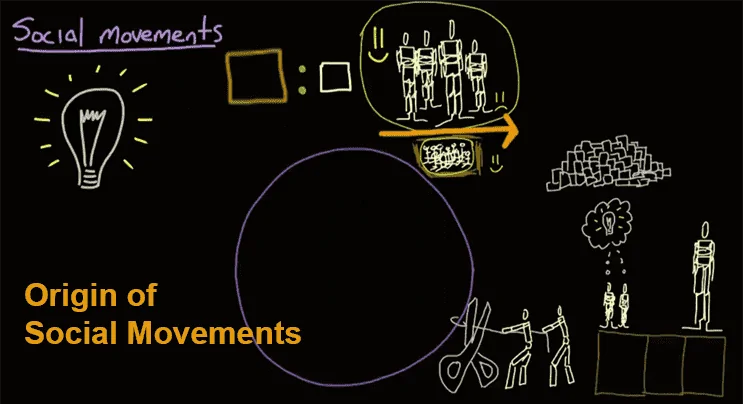Discuss the various Approaches to the Study Urban Sociology.
Urban sociology uses different approaches to cover different aspects of city and city life. Under this article we highlights the approaches of urban sociology. Lets take a deep look.
City and Civilization Relation Approach:
The study of relationship between the city and civilization is one of such approaches which identifies the city and traces the origins of modern city life back to their antecedents. The scholars like Toynbee, Geddes, Spengler, Ghurye, Wirth and Mumford have studied city in the wider context of civilization.
A more specific study of urbanism and urbanization in the context of civilization was done by Redfield and his colleagues who developed concepts and constructed typologies of city.
Also read | The concepts of State Nation and Society.
They distinguished between orthogenetic and heterogenetic and worked out the working of city’s organizational and functional aspects.
According to them, while the primary urbanization transformed the Little Tradition into the Great Tradition, the secondary urbanization called for freedom from tradition.
Physical Mechanism Approach:
The study of the physical mechanism or the ecology of urbanism is another approach. It includes those physical, spatial and material aspects of urban life which are different from deliberate psychological will or consensus.
This approach tries to find out why certain groups move to a particular area of the city.
Also read | Impact of Urbanization on Rural Society of India.
In old Indian cities such as Agra, Amritsar and Delhi, the inner parts are inhabited by a particular caste or occupational groups and are divided into traditional neighborhoods.
The new parts of these cities are colonial or post-colonial usually located at the other side of the railway line and the people are grouped according to their income and plot size making it entirely different from the old ones.
Social Organization Approach:
Urban sociologists have also tried to study city in terms of social organization. They have analyzed the basic forms of urban life directly derived from urbanization.
This type of study includes network of individuals and groups, social institutions, bureaucracy and division of labor. The condition of urban life has produced a special personality of urban individuals who have different life styles.
Also read | List of main approaches to the study of kinship system in India.
Recent studies show that this has happened as a result of adjustment to the urban complex and for urban survival.
It is believed that in urban society the face-to-face relationship of primary groups would be replaced by segmented and impersonal relationships but primary groups have remained viable parts of urban social organization.
The urban neighborhoods are more complex social organizations but are less complex than bureaucratic organizations of the city.
The social networks are also found in cities and which are more amorphous than neighborhoods since they are not always tied with a particular geographic location.
Also read | The List of key features of rural economy in contemporary India.
Voluntary associations found in cities are also at the middle range of social organization but are more formal and internally differentiated than neighborhoods or networks and can serve both expressive and instrumental functions.
Bureaucracy: These are large-scale complex organizations consisting of an elaborate network of specialized roles or positions which are hierarchically situated. In this modern era, most government and industrial organizations are bureaucratic in nature.
Social Institutions: They consist of widely accepted patterns of behaviour and expectations which are created for the recognized needs of a community. These patterns of behaviors and expectations are long-term solutions and evolve in relatively long periods of time.
Also read | Social Movement and its Important Features.
For instance, family and religion are social institutions Which function in order to fulfill certain needs. They are purban in nature but have changed in urban circumstances.
Social Problems Perspective:
Urban sociology has studied city from the social problem perspective also. These problems such as poverty, crime, poor housing, ethnic and class conflicts, pollution and drug abuse have been termed as “the urban crisis” by the scholars.
However, it must be noted that describing city as a pile of problems only would be similar to describing human beings only as a set of disease. This approach of social problem only touches one important aspect of city.
Also read | The Role of the Priest in Christianity.
All the above four approaches are thus useful but we cannot understand city only with one of these.




